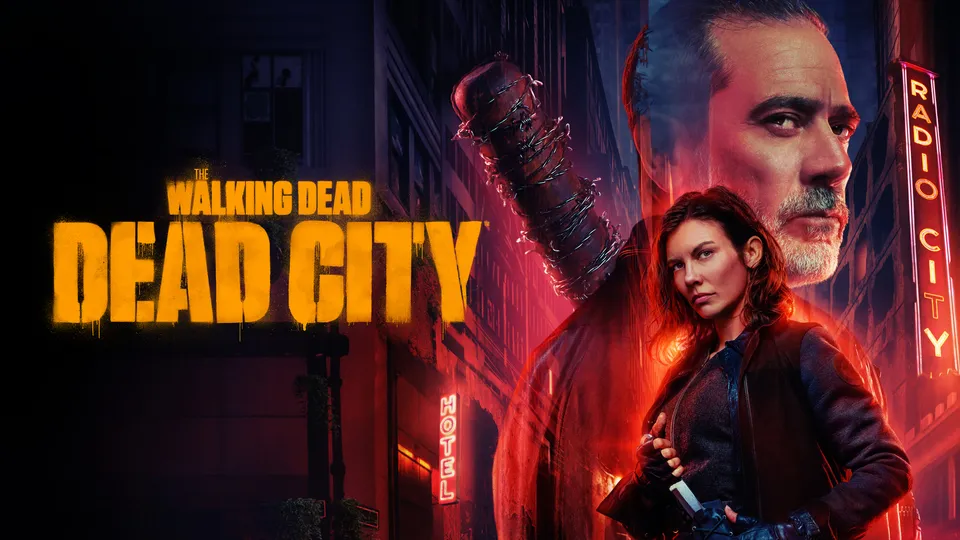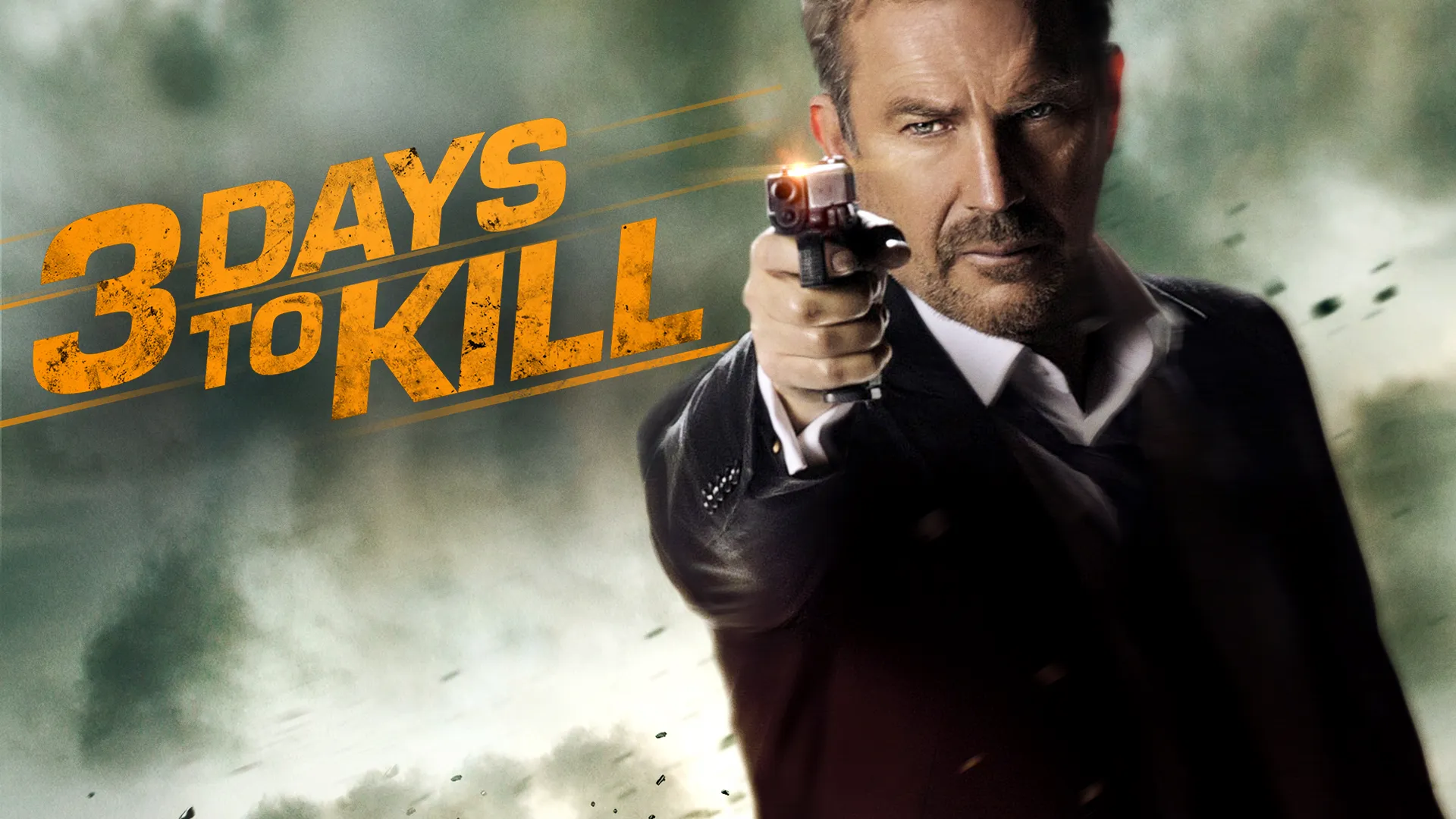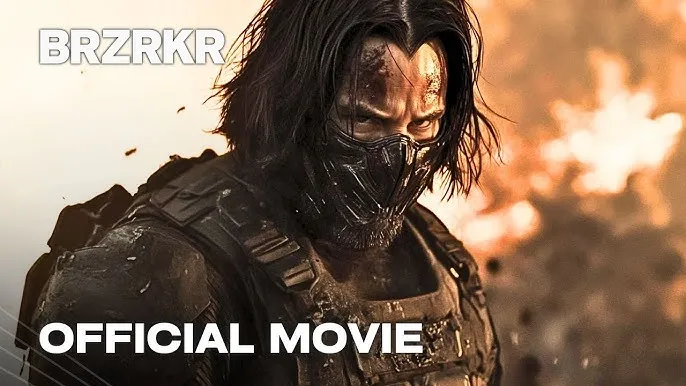Plot Overview
Set against the stark landscapes of Iceland, the film follows the Geatish warrior Beowulf (played by Gerard Butler), who journeys with his band of soldiers to aid King Hrothgar of Denmark. Hrothgar’s hall is plagued by the monstrous Grendel (Ingvar Eggert Sigurðsson), a creature driven not by pure evil but by vengeance after his father is slain.
As Beowulf confronts Grendel, the line between hero and monster blurs. The film reframes Grendel not just as a beast, but as a tragic figure bound by grief and rage—adding a layer of humanity to the ancient story.
Cast and Performances
-
Gerard Butler as Beowulf, delivering a rugged, charismatic performance.
-
Ingvar Eggert Sigurðsson as Grendel, whose portrayal emphasizes sorrow and primal fury.
-
Stellan Skarsgård as King Hrothgar, bringing gravitas and weariness to the role.
-
Sarah Polley as Selma, a witch who complicates the moral landscape.
Production and Style
Filmed in Iceland, the movie makes striking use of the country’s windswept landscapes to mirror the harshness of the saga. Unlike CGI-laden interpretations, Beowulf & Grendel emphasizes practical effects and raw storytelling.
Gunnarsson’s direction grounds the myth in a world of mud, blood, and moral complexity, resisting the temptation to render the story as high fantasy.
Reception
Upon release, the film received mixed reviews. Critics praised its stunning visuals and atmospheric realism but noted its pacing and divergence from the source material as points of contention. Fans of Gerard Butler and mythological tales, however, appreciated its attempt to strip away the mythic gloss and examine the human truths behind legend.

Legacy
While overshadowed by Robert Zemeckis’s motion-capture adaptation Beowulf (2007), Gunnarsson’s film remains notable for its intimate, character-driven approach. It stands as an example of how ancient myths can be reinterpreted to explore questions of morality, vengeance, and what it means to be human.



-1753520978-q80.webp)